A Journey through Thousands of Years of Croatian Literature
at the National Library of Korea
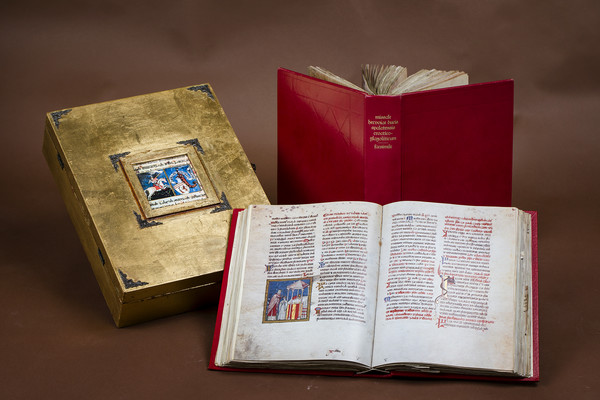
[아츠앤컬쳐] 중세부터 현대까지의 문학 및 문화 유산 소개
서울 도심 한 전시홀에 머물면서 수천 년의 크로아티아 언어와 문학을 얘기한다는 것이 쉬운 일은 아니지만, 서초동 국립중앙도서관에서 열리는 ‘크로아티아 천년의 발자취, 중세부터 근대까지의 크로아티아 문학과 문화유산’ 전시회를 통해 특별한 여행을 기회를 가져보자.
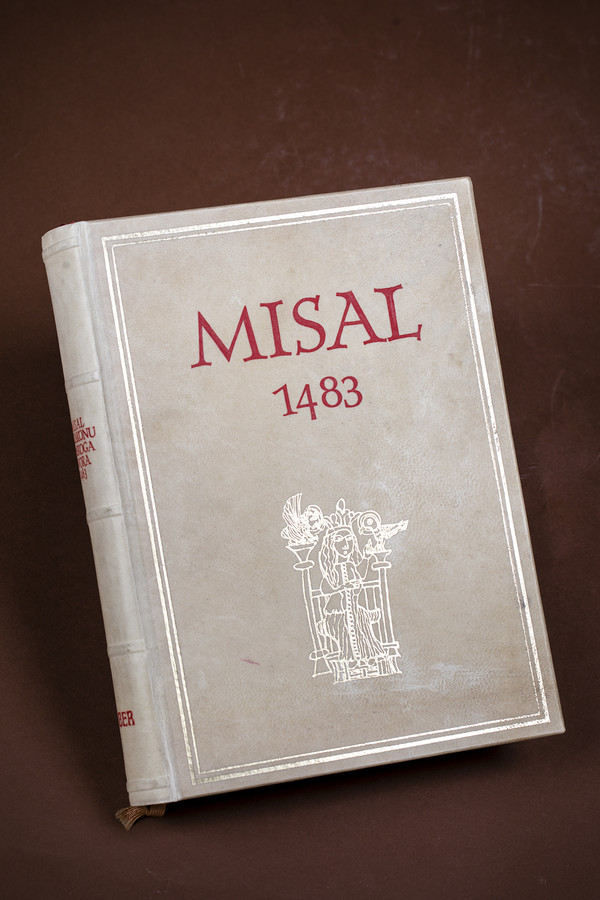
크로아티아 최초 글라골 문자로 작성된 고문서, 필사본 및 기념물은 1100년에 쓰인 바슈카 서판과 같이 12세기 초로 거슬러 올라간다. 크로아티아는 구텐베르크의 인쇄기 발명 직후인 15세기 중반부터 상당 수의 고대 인쇄본을 보존한 몇 안 되는 슬라브 국가 중 하나다. 전시장을 둘러보노라면 미사 진행을 설명하는 로마 미사 전례서가 라틴어로 쓰인지 단 9년 후인 1483년에 크로아티아어로 인쇄된 전례서의 복사본도 만나게 된다. 최초의 라틴어 전례서는 로마에서 인쇄되었다. 또 다른 주목할 만한 책으로 바르텔로메우스 카시우스가 쓰고 1604년에 인쇄한 최초의 크로아티아어 문법책은 윌리엄 불로카르가 최초의 영문법 책을 쓴 지 불과 18년 후이다.
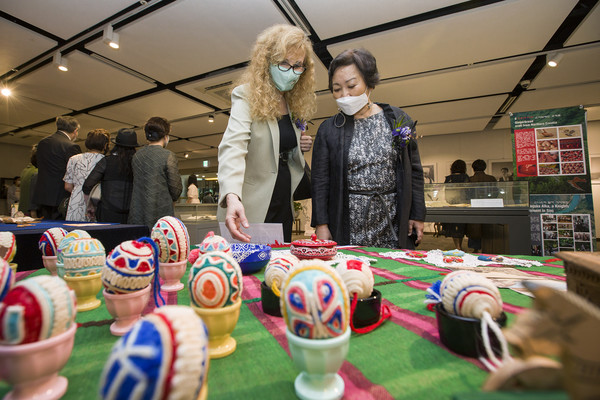
이번 전시에는 아름다운 자연과 함께 풍부하고 매우 잘 보존된 유네스코 문화유산의 우수국가로 알려진 크로아티아의 여러 유형, 무형 유산 및 공예품 등도 함께 소개되었다. 크로아티아가 연간 2천만 명 이상의 외국인 관광객이 방문하는 매우 매력적인 관광지로 꼽히는 이유도 이런 다양하 볼거리 때문이 아닐까 생각해본다.
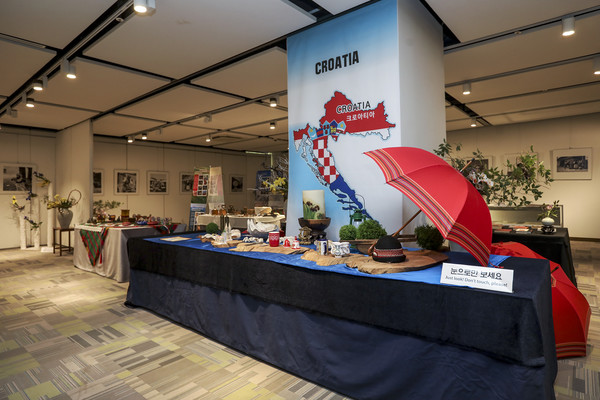
전시회를 둘러보면서 다른 나라의 문화를 배울 수 있다는 것 또한 큰 특권이라 느꼈다. 문화와 언어는 모든 국가의 영혼에 생명을 불어넣고 국가 정체성의 기반을 제공한다. 우리 문화의 가치는 그것을 다른 사람들과 공유함으로써 실현하고, 더 많이 배우고 상호 이해, 관용 및 우정의 뿌리가 더 깊어가는 게 아닐까. 따라서 전 세계의 놀라운 인간 정신과 창의성을 통해 모든 국가를 하나로 묶는 잠재력을 제공하는 인간 연결의 근본적인 측면에서 볼 때 문화는 가장 강력하고 아름다운 교량이다.

지난 몇 년 동안 크로아티아를 여러 번 방문하면서 운 좋게도 크로아티아의 자연, 풍부한 문화 유산, 사람들의 따뜻한 정을 나누면서 크로아티아에 완전히 매료되었다. 2019년 50만 명 이상의 한국인이 크로아티아에서 휴가를 보냈고 이제 코로나가 다시 진정되면 크로아티아는 다시 한 번 전 세계 사람들을 향해 두 팔 벌려 따뜻한 웃음으로 환영할 것이다.
지금 크로아티아는 코로나를 잘 극복하여 유럽 코로나바이러스 위험 지도에서 안전수위가 가장 높은 “녹색” 레이블을 획득함에 따라 크로아티아 여행의 붐이 다시 일어나기를 고대하고 있다. 자연의 아름다움, 풍부한 문화 유산, 현지 사람들의 따뜻한 환대, 크로아티아를 방문하고 진정으로 즐길 수 있는 이 세 가지 완벽한 이유를 중앙박물관 전시회에서 만나보기를 희망한다.
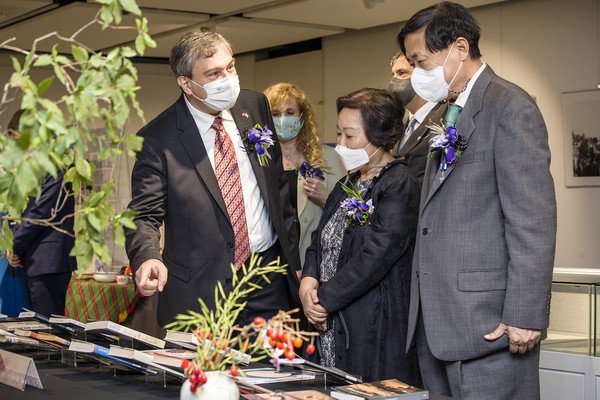
A Journey through Thousands of Years of Croatian Literature at the National Library of Korea
To be able to stay within one hall of the National Library of Korea and journey through thousands of years of Croatian language and literature may seem unfeasible, but perusing through the special exhibition on ‘The Croatian Literature and Cultural Heritage from the Middle Ageas to Modern Times’ is indeed such a journey.
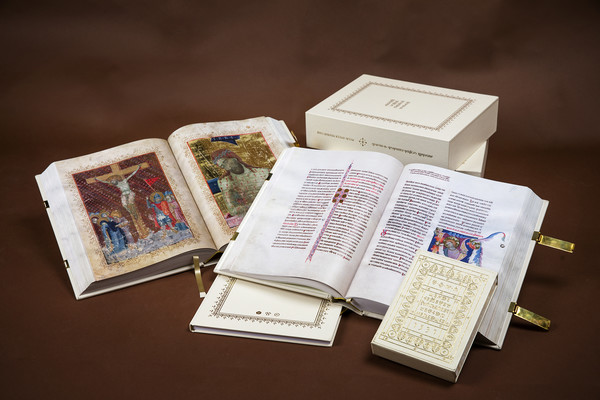
The first documents, manuscripts, and monuments written in the Croatian language and the old Croatian Glagolitic script, date back to theearly 12th Century, like the Baška Tablet, from 1100 AD. Croatia is among the few Slavic states that has managed to preserve a significant number of incunables, or old printed books, dating all the way back from the mid-15th century, just after Gutenberg’s invention of the printing press.
As I wandered through the exhibition, I was extremely pleased to see some old reprints of these books displayed at this exhibition, such as the Roman Missal, a liturgical book for the celebration of Mass printed in the Croatian language in 1483, only nine years after the first original Latin Missale Romanum was printed in Rome. Just a few steps away stands a display of another notable book: the first Croatian grammar book, written by Barttholomeus Cassious and printed in 1604, just 18 years after the first English grammar book written by William Bullokar.
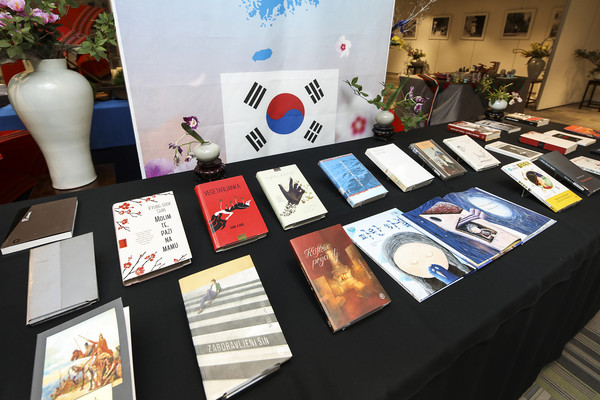
This exhibition also introduced the natural beauty and the rich and very well-preserved cultural heritage of Croatia, which is among the leading European countries in terms of the number of UNESCO protected sites, as well as intangible arts & crafts. For this reason, Croatia has successfully been profiled as a highly attractive tourist destination, with more than 20 million foreign tourists per year.
While browsing through the exhibition, I reflected upon what a great privilege it is to be able to learn about the cultures of different nations. Culture and language breathe life into the soul of any nation and provide the foundation for its identity. The value of our culture is realized by sharing it with others, and by sharing our cultures, we learn more about each other, as well as promote mutual understanding, tolerance, and friendship. Culture is thus the strongest and most beautiful bridge; the most fundamental aspect of human connection providing the potential to bring together all nations through the amazing depth of human spirit and creativity all around the world.
Throughout my many visits to Croatia in the past few years, I am fortunate to have been able to immerse myself into and be enchanted by Croatia’s natural beauties, rich cultural heritage, and warm hospitality of its people. More than half a million Koreans spent their holidays in Croatia in 2019 and now, as the COVID-19 pandemic is finally beginning to wane, Croatia is once again welcoming people from all over the world with wide open arms.
With Croatia earning a completely “green” label on the European COVID risk map, indicating its high level of safety, I hope that travels to Croatia will begin to increase once more. After all, the natural beauties, rich cultural heritage, and warm hospitality of local people are three perfectly good reasons to visit and truly enjoy all that Croatia has to offer and more.
글 | 순영 레든 Soonyoung Redden
건축학 석사( 홍익대), 한.크로아티아 협회 사무총장, 크로아티아 문화 여행 전문가
soon4870@gmail.com

